Content hub
From application notes to blogs, news items to infographics, we've got a wealth of advice about VOC and SVOC analysis that we'd like to share with you. Simply use the search function or use the drop-down selectors to filter by content type, sampling method and/or application area to discover more.

TO-15A: Is your pre-concentrator system up to the task?
On-demand webinar. Discover how to reach method detection limits for 20 ppt for all environmental 'air toxics' compounds as laid out in USA EPA Method TO-15A.
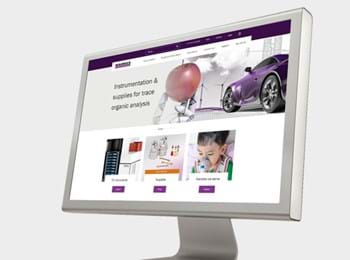
Monitoring of ozone-depleting substances (ODS) with pre-concentration and GC–MS
Watch this webinar to learn (i) how monitoring of ozone depleting substances is carried out at the global scale through networks such as AGAGE, (ii) about the MEDUSA system and the data it generates, and (iii) how Markes’ TD systems are being used for monitoring of ODS.

Balancing lab sustainability and expanding VOC monitoring requirements for air analysis
Air monitoring lists are growing in complexity, such as in ozone precursor monitoring, air toxics, and organic ozone-depleting substances. This webinar investigates how the methodology can meet the requirements of monitoring, while considering how the method can be made more sustainable, reducing running costs

Measurement of PFAS in indoor air and investigation of source materials
Application Note 167
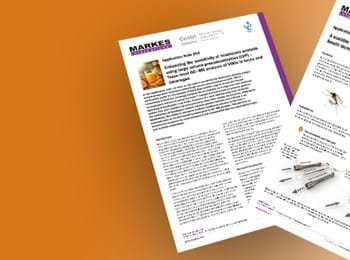
Advances in ultra-trace air toxics analysis: Cryogen-free canister pre-concentration and GC–MS for US EPA Method TO-15A
Application Note 169

How to optimise your PFAS air sampling method using thermal desorption
Webinar discussing the advantages that TD offers, how to optimise a system for targeted and untargeted PFAS analysis, and how to overcome challenges posed by low-level PFAS monitoring.

Indoor Air Quality – The science and regulations behind the headlines
Addressing the wide range of regulatory and market pressures placed on manufacturers to limit the chemical emissions from products and materials. This webinar highlights using TD–GC–MS to characterise the chemicals that affect indoor air quality. It highlights the importance of robust sample preparation, sampling and analytical procedures.

Optimised hydrogen fuel impurity analysis: identification, measurement and characterisation of volatile organic compounds by TD–GC–MS/SCD
Application Note 165
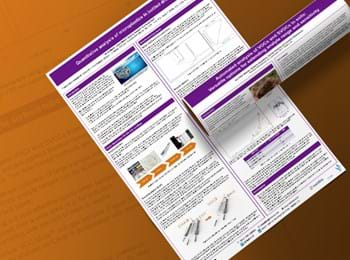
New insights from thermal desorption–gas chromatography–mass spectrometry (TD–GC–MS) data on microplastics in salt samples
Presented at SETAC 2022

PAMS Analysis during COVID-19 Lockdowns in New York City
Pete Furdyna, of NYSDEC, discusses monitoring of ozone precursors in accordance with the US EPA PAMS program.

Recent trends for the analysis of emerging contaminants by GC–MS
Explore
US EPA uses TD–GC–MS for vital research into PFAS management
23 February 2021
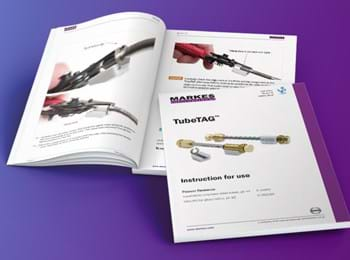
VOC-Mole soil probe
A tool that provides a way to screen VOCs in contaminated land, or along fuel pipelines, enabling in situ sampling directly at the soil gas source

Thermal Desorption Applications Guide: Environmental monitoring
Explore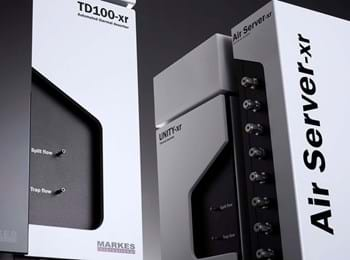
What is thermal desorption?
Explore
Studying biogenic volatile organic compounds from Arctic ecosystems
University of Copenhagen

The analysis of sulfur compounds using on-line and off-line TD–GC
Application Note 032

Analytical thermal desorption: History, technical aspects and application range
Application Note 012






